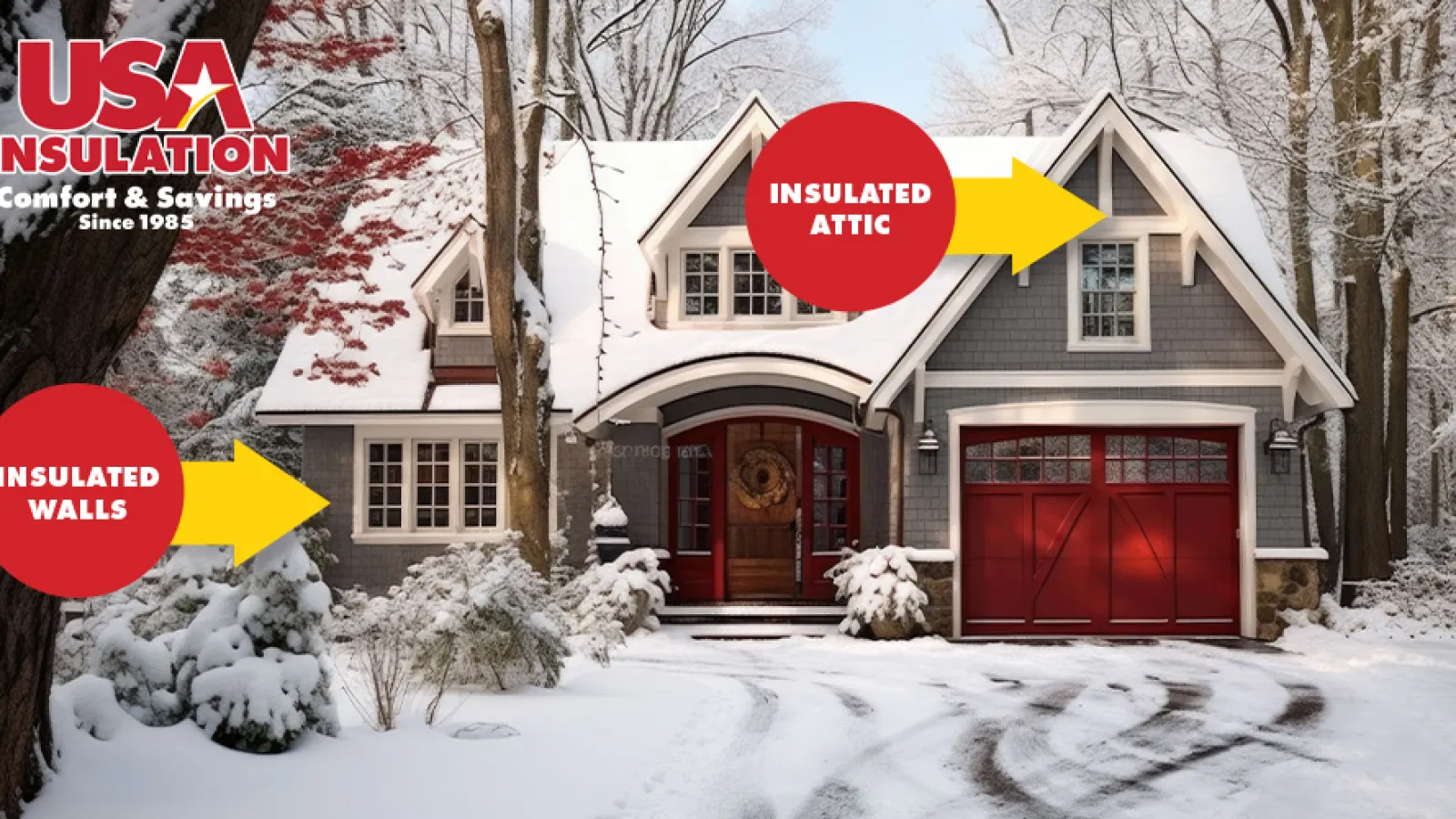The Best Insulation for Cold Weather: Keeping Your Home Warm and Efficient
Living in cold climates comes with the challenge of maintaining a warm, energy-efficient home. One of the most effective ways to ensure comfort during the winter months is by choosing the best insulation. Proper insulation acts as a barrier, preventing heat loss and keeping your home warm while lowering energy bills.
Why Insulation Matters in Cold Climates
In colder regions, heating systems must work overtime when homes are not properly insulated. This results in higher energy consumption and costly utility bills. Heat escapes through walls, attics, and unsealed openings, making maintaining a consistent indoor temperature difficult.
Without the best attic insulation, cold drafts can make rooms feel unevenly heated, and you might encounter condensation or even structural issues like ice dams and frozen pipes. To avoid these problems, choosing the right insulation for cold weather is crucial.
What is the Best Insulation for Cold Climates?
Premium Injection Foam for Wall Insulation
One of the top recommendations for cold climates is premium injection foam insulation for the walls. Injection foam is injected into wall cavities, expanding to fill every gap, creating a seamless, airtight barrier. This insulation type not only prevents heat loss but also improves the overall energy efficiency of your home by stopping drafts and air leaks.
Compared to traditional materials like fiberglass or cellulose, premium injection foam offers a higher R-value, providing better thermal resistance. This is key in freezing temperatures, helping maintain warmth and reducing the strain on your heating system.
Attic Insulation: Out with the Old, In with the New
The attic is one of the primary sources of heat loss in a home. Over time, insulation in the attic can degrade, become dusty, or compact, losing its effectiveness. Replacing old attic insulation with fresh, high-quality materials is essential for maintaining a warm home.
Start by removing old, dusty insulation that may no longer serve its purpose. Once the attic is cleared, new insulation—such as blown-in fiberglass or spray foam insulation—should be installed to provide a clean and effective barrier against heat loss. This upgrade helps prevent ice dams on the roof, which can form when heat escapes through the attic and causes snow to melt and refreeze at the eaves.
How to Use Spray Foam Insulation for Maximum Effectiveness
Spray foam insulation is another top contender for cold weather. This material is ideal for filling gaps in the attic or walls and offers exceptional thermal resistance. One of its main benefits is that it can be used to insulate and seal air leaks simultaneously. Spray foam expands to fill even the smallest crevices, ensuring no cold air seeps in.
For homeowners wondering how to install attic insulation using spray foam, it's best to consult a professional. Improper installation can result in missed spots or excess material, which may reduce the overall efficiency.
Request A Free Estimate Today!
The Importance of Air Sealing for Energy Efficiency
In addition to proper insulation, air sealing is critical for maintaining warmth in cold climates. Many homes have small gaps, cracks, and holes that allow cold air to infiltrate. By sealing these openings, you can prevent drafts and ensure that your insulation works as efficiently as possible.
Common areas to focus on include:
- Around windows and doors
- Attic access points
- Plumbing and electrical penetrations
- Light fixtures and outlets
Sealing these areas helps retain warm air inside the home, reducing the workload on your heating system and lowering energy bills.
Long-Term Benefits of Proper Insulation and Air Sealing
Investing in the best insulation for cold weather and thorough air sealing offers long-term benefits. Not only will your home stay warmer during the winter, but you'll also see significant reductions in energy costs. Homes with proper insulation and air sealing require less energy to heat, which can dramatically lower your utility bills.
Proper insulation and sealing also help prevent structural issues caused by cold weather, such as ice dams and moisture buildup. This reduces the risk of costly repairs in the future and increases the longevity of your home.



